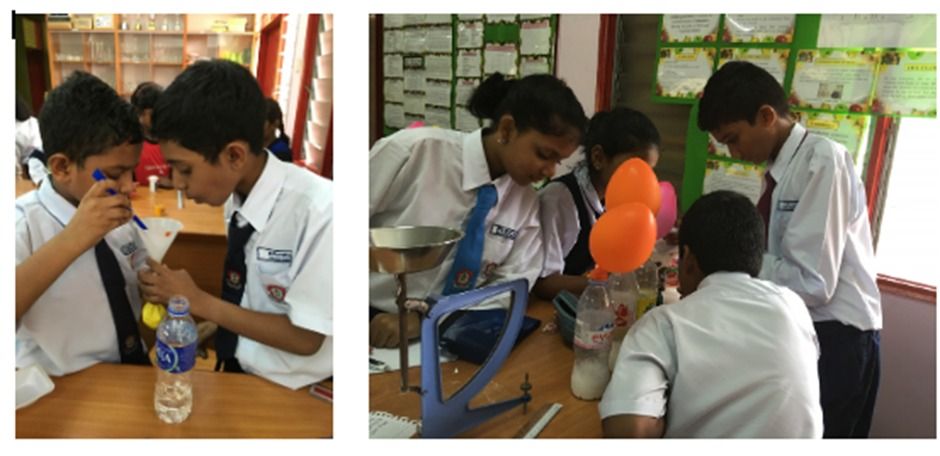Here are some strategies that 21st-century teachers can use to engage students and promote deep learning:
Personalized Learning: Use technology and data to tailor instruction to individual students' needs, interests, and learning styles.
Flipped Classroom: Reverse the traditional lecture-homework format by delivering instruction at home and homework at school, allowing for more hands-on activities and collaboration.
Project-Based Learning: Have students work on real-world projects that integrate multiple subjects and skills, such as problem-solving, critical thinking, and communication.
Blended Learning: Combine traditional face-to-face instruction with online learning to provide flexibility and autonomy.
Game-Based Learning: Use games and game design to teach concepts and skills, promoting engagement and motivation.
Maker Education: Encourage students to design, create, and prototype solutions to real-world problems using various materials and technologies.
Virtual Field Trips: Organize virtual field trips to places that may be difficult or impossible to visit in person, such as historical sites, museums, or other countries.
Microlearning: Break down learning into shorter, focused chunks (5-15 minutes) to accommodate shorter attention spans and busy schedules.
Self-Directed Learning: Encourage students to take ownership of their learning by setting goals, tracking progress, and seeking help when needed.
Real-World Applications: Connect abstract concepts to real-world scenarios and applications to help students see the relevance and importance of what they're learning.
Differentiated Instruction: Use various teaching strategies and technologies to cater to different learning styles, needs, and abilities.
Formative Assessments: Use frequent, low-stakes assessments to monitor student progress and adjust instruction accordingly.
Collaborative Learning: Encourage students to work together on projects, promoting teamwork, communication, and problem-solving skills.
Global Connections: Use technology to connect with other classrooms or experts worldwide, promoting cultural awareness and understanding.
Reflective Practice: Encourage students to reflect on their own learning, set goals, and identify areas for improvement.
Technology Integration: Seamlessly integrate technology into lessons to enhance teaching and learning, such as using digital tools for note-taking or multimedia presentations.
Flexible Pacing: Allow students to learn at their own pace, accelerating or decelerating instruction as needed.
Student-Led Conferences: Have students take ownership of their learning by leading conferences with parents or guardians to discuss progress and set goals.
Interdisciplinary Learning: Integrate multiple subjects and disciplines into a single project or unit, promoting a more holistic understanding of complex concepts.
Emotional Intelligence: Teach emotional intelligence skills like self-awareness, empathy, and self-regulation to help students develop healthy relationships with peers and teachers.
These strategies can help 21st-century teachers create engaging, student-centered learning environments that prepare students for success in an ever-changing world!



